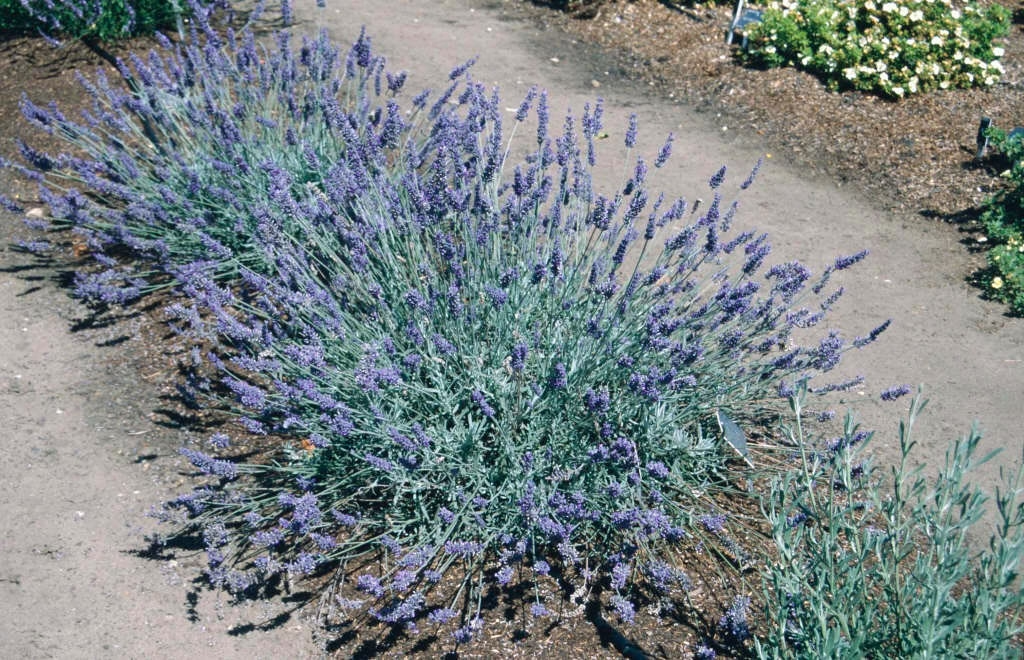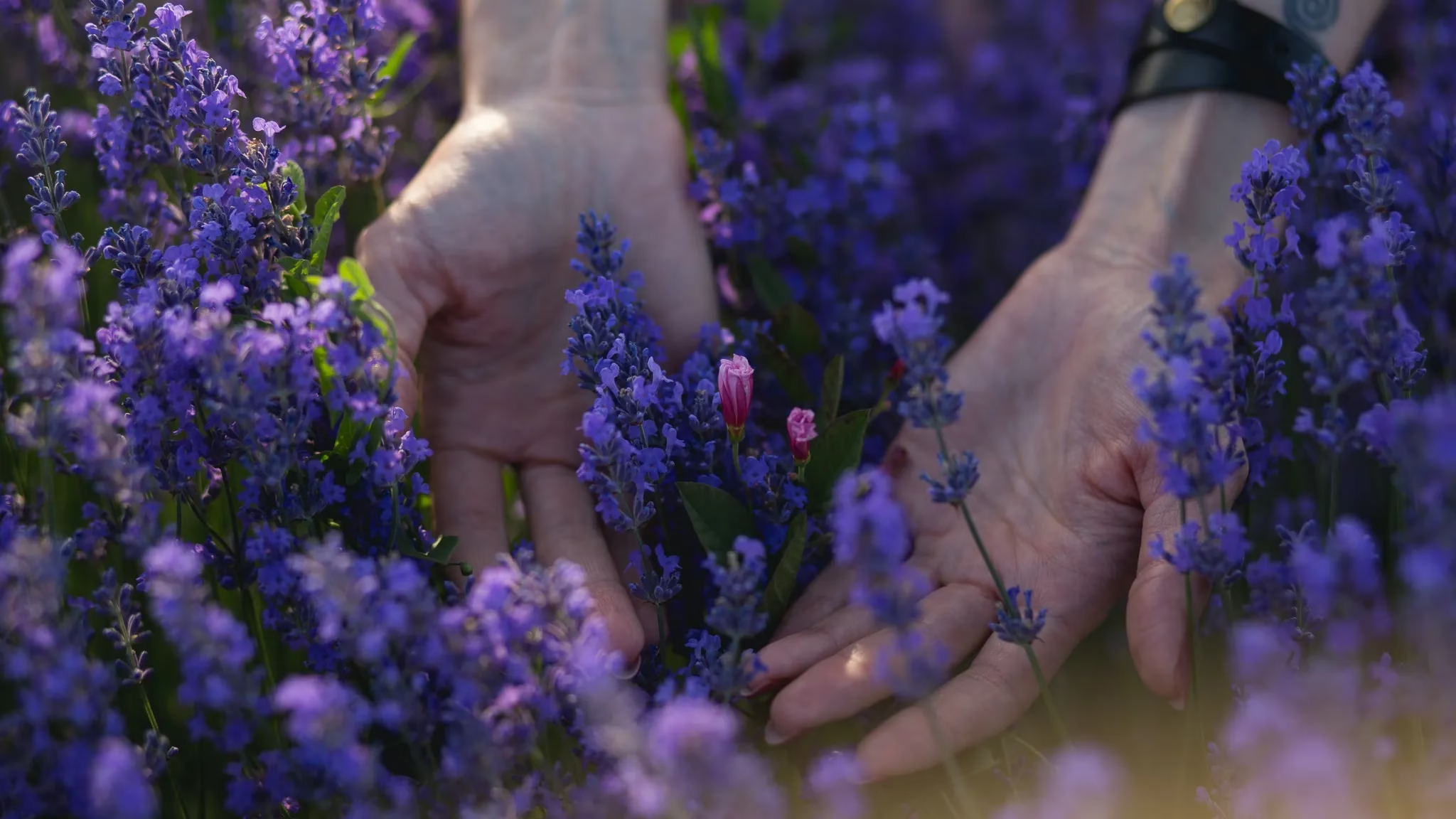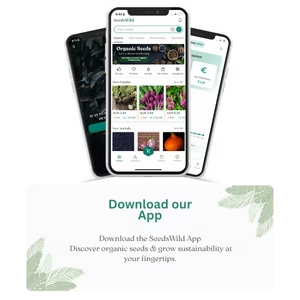Why Choose Planting Lavender in Your Garden?
An Aesthetic, Beautifully Scented Plant
Silvery foliage, purple spikes, instant zen fragrance… In borders, edging, or pots on a balcony, lavender structures space with style and copes well with heat if the soil drains. Varieties like angustifolia and × intermedia are reliably hardy (down to about –15 °C) and are easy to prune after flowering—without cutting into old wood. (BBC Gardeners’ World Magazine; rhs.org.uk)

A Pollinators’ Best Friend
Lavender is the icon of the Mediterranean garden: beautiful, tough, nectar-rich—and (bonus) ultra-Instagrammable. Here’s how to plant lavender, keep it thriving (easy care), and harvest it to make stunning dried lavender bouquets—all while helping pollinators. 🌿
How to Plant Lavender the Right Way
Pick the Right Exposure and Soil
- Full sun (6–8 h/day).
- Well-drained, lean soil. Add sand/grit if heavy.
- In pots: peat-free mix + 20% sand.
Planting in Borders or Edging
Best times: spring (after frost) or early autumn. Space 40–60 cm apart. At planting: water once, then let soil dry between waterings. Design tip: alternate angustifolia and × intermedia for a wavy effect.
Design tip: alternate angustifolia (compact habit) and × intermedia (long flower spikes) for a wavy ribbon effect.
Easy Care Tips for Long-Lived Lavender
- Water sparingly; never leave standing water.
- Prune after flowering (Aug–Sept): trim back one-third of foliage, never into old wood.
- Apply mineral mulch (gravel) for drainage and aesthetics.
Common Mistakes to Avoid
- Rich soil & overwatering → short lifespan.
- Cutting too hard into old wood → poor regrowth. (Golden rule: stay within leafy growth.) (rhs.org.uk)
- Deep shade → shy flowering.
Harvesting & Drying Lavender
Make Your Own Dried Bouquets
Harvest when 30–50% of flowers are open. Make small bundles, tie, and hang upside down in a dark, airy place. Perfect for dried bouquets, sachets, and wreaths. (Purdue Extension)
Tips to Keep the Fragrance
- Store in dry rooms, away from sunlight.
- Crumple spikes gently to reactivate scent.
- For cooking: store airtight and use sparingly.

Lavender & Biodiversity: A Meaningful Gesture
By planting lavender, you attract bees and butterflies. Blue-violet hues are highly visible to pollinators. Combining lavender with staggered blooms (sage, echinacea, etc.) offers nectar from May to September. (UK Centre for Ecology & Hydrology)
Companion Ideas with Other Melliferous Plants
Great companions: sage, basil, lemon balm, sainfoin, crimson clover, flax, strawflower, California poppy. Together, they create a durable wildflower strip—the heart of a pollinator garden.
Bonus: Pollinator Kits & Dried-Bouquet Sets
- Lavender Border & Friends of Bees Kit: organic plants, care guide, pruning calendar.
- Dried Lavender Bouquet Set: ready-to-dry bundles + natural twine.
FAQ – Planting Lavender
Q1 — When is the best time to plant lavender?
Spring (after frost) or early autumn, with warm, well-drained soil. In containers, avoid tiny pots: at least 25–30 cm deep. (BBC Gardeners’ World Magazine)
Q2 — Does lavender really attract bees?
Yes. It’s listed in the RHS Plants for Pollinators; some Lavandula × intermedia are very nectar-rich and heavily visited. (rhs.org.uk; sussex.ac.uk)
Q3 — How do I dry lavender for bouquets?
Cut small bundles and hang upside down in a dry, airy, dark place. Once fully dry, store away from light. (extension.purdue.edu)
Also read: Wildflower Meadow Guide,
Chamomile: Sowing & Teas.
Take action: Start planting lavender today—your garden will be fragrant, melliferous, and photogenic, while your dried lavender bouquets will be everyone’s favorite.

